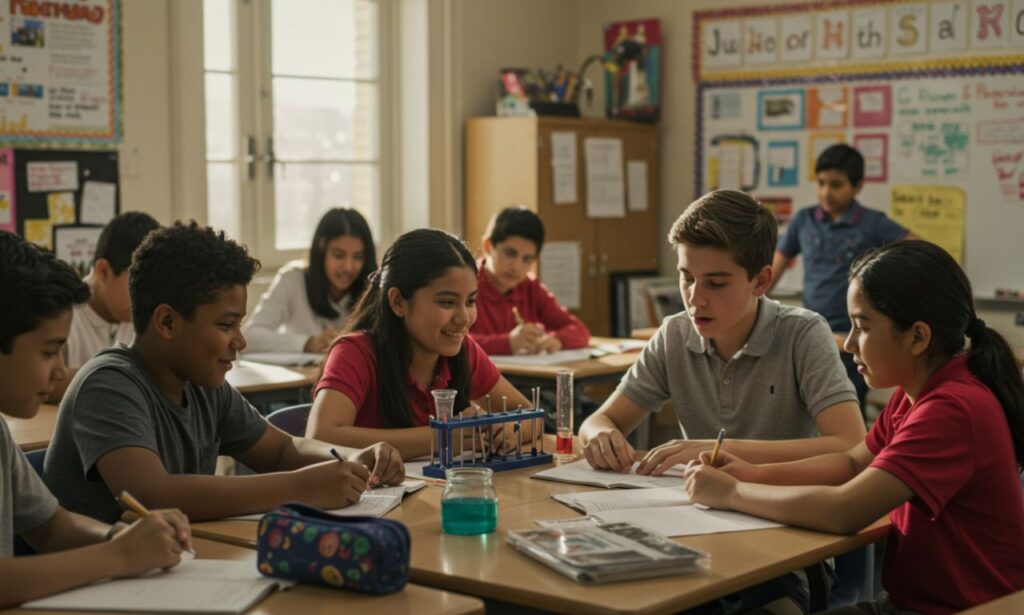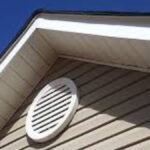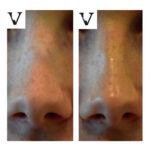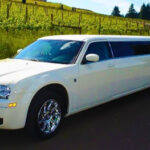Junior high school education marks a pivotal period in a child’s academic journey. Positioned between the foundational years of elementary and the more rigorous expectations of high school, junior high fosters both intellectual and personal development. With a new mix of teachers, subject complexity, and increasing independence, students are exposed to a world that shapes their character and academic path. The term junior high school education encompasses more than curriculum—it’s a training ground for resilience, responsibility, and real-world readiness.
The Transition from Elementary to Junior High
Moving from the familiar halls of elementary school into the structured corridors of junior high can be a daunting leap. Students often encounter multiple subject-specific teachers for the first time, lockers, class rotations, and a wider social circle. For many, this transition is thrilling; for others, it’s overwhelming. Schools that support this shift with orientation programs and peer mentors tend to see better adjustment outcomes.
Structure of Junior High School Education
Typically encompassing grades 6–8 or 7–9 (depending on the region), junior high school focuses on both academic and social foundations. Schools implement subject-specific periods, allowing learners to explore disciplines in more depth. Unlike elementary schools with one primary teacher, students now navigate schedules, homerooms, and various instructors—an early lesson in time management and organization.
Key Subjects in Junior High School
Core academics dominate the junior high schedule. These include:
-
Mathematics (Algebra, Geometry Foundations)
-
Science (Life Sciences, Earth Science, Intro to Physics)
-
Language Arts (Grammar, Composition, Literature)
-
Social Studies (Geography, History, Civics)
These subjects form the backbone of academic preparation and are often tied to standardized assessments.
Electives and Extracurricular Activities
Electives like art, drama, technology, and foreign languages give students a chance to discover interests outside the core curriculum. Meanwhile, clubs and extracurriculars such as chess, robotics, sports, or music ensembles foster collaboration, commitment, and confidence.
Role of Teachers in Junior High Education
Educators in junior high serve dual roles: subject experts and adolescent mentors. Beyond delivering lessons, they’re responsible for nurturing emotional growth, encouraging critical thinking, and helping students navigate early teenage struggles. Effective junior high teachers build trust, maintain structure, and inspire curiosity.
Differences Between Junior and Senior High School
While both levels prepare students for adulthood, junior high often emphasizes support and transition, whereas senior high is more about specialization and college readiness. In junior high, the approach remains foundational, preparing students emotionally and academically for the choices ahead.
Academic Expectations and Grading Standards
Grading in junior high becomes more detailed and competitive. Students move from effort-based assessments to performance-based ones. They must now meet specific learning targets, submit more structured assignments, and demonstrate proficiency in a variety of formats—from essays to labs and projects.
Social Development in Junior High School
This stage is a hotbed for identity formation. Friendships evolve quickly, and peer pressure becomes a powerful force. Students may feel a heightened need for acceptance. Teachers and counselors play critical roles in promoting inclusivity, empathy, and emotional intelligence.
Emotional Challenges Faced by Students
Adolescents in junior high frequently experience self-doubt, anxiety, and mood swings. Academic pressure, body image, and friendship dynamics can lead to emotional strain. Addressing mental health through open conversations and school programs can help reduce these pressures significantly.
How Parents Can Support Junior High Learners
Open communication is key. Parents should ask questions, attend school events, and offer praise. Helping with homework and reinforcing routines can foster a sense of security. Importantly, parents must listen—without judgment—and validate their child’s experiences.
Study Habits for Junior High School Success
Effective habits include:
-
Setting a consistent study schedule
-
Breaking tasks into manageable parts
-
Using planners or digital apps
-
Reviewing notes daily instead of cramming
Teaching students how to study—not just what to study—is vital at this stage.
The Role of Homework in Junior High
Homework in junior high is about reinforcing learning, not overloading. It cultivates self-discipline and time management. However, schools should ensure balance to avoid overwhelming students with unrealistic workloads.
Junior High and Digital Learning
Technology in junior high classrooms enhances learning through:
-
Interactive apps
-
Online collaboration tools
-
Virtual simulations
-
Personalized learning platforms
While digital tools can aid learning, digital literacy and healthy screen habits must also be taught.
Impact of School Culture and Environment
A school’s environment—whether supportive or toxic—deeply impacts student engagement and success. Encouraging respect, kindness, and responsibility lays the foundation for academic and personal growth.
Dealing with Bullying in Junior High School
Bullying often intensifies during junior high. Schools must implement zero-tolerance policies and promote reporting without fear. Peer-led programs and regular workshops help create safer school climates.
Importance of Physical Education
Physical activity enhances brain function, reduces stress, and promotes teamwork. PE programs teach not just fitness but also resilience, sportsmanship, and goal-setting—all valuable life skills.
Reading and Writing Development
Literacy in junior high moves beyond basic comprehension. Students analyze texts, write persuasive essays, and engage in research. Reading diverse literature helps build empathy, while structured writing develops communication skills.
Math and Science in Junior High
These years are crucial for developing problem-solving and analytical thinking. Projects, experiments, and applied math activities help students connect abstract ideas to real-world scenarios.
Creative Arts in Junior High School
Participation in visual arts, drama, and music nurtures creativity, emotional expression, and cognitive flexibility. These subjects can enhance memory, cultural appreciation, and self-confidence.
How Junior High Prepares for High School
By promoting independence, critical thinking, and academic accountability, junior high acts as a bridge to high school. It encourages students to explore interests that could shape their future careers or studies.
Special Education in Junior High
Inclusive education ensures that students with learning disabilities receive tailored support through IEPs, resource rooms, and skilled aides. Early intervention can dramatically improve long-term outcomes.
Navigating Puberty and Health Education
Health classes cover physical changes, emotional well-being, hygiene, and respectful relationships. A safe, open classroom discussion builds maturity and awareness.
School Counselors and Mental Health Support
Counselors provide a confidential space for students to discuss academic, emotional, and social concerns. They often guide students through crisis moments, conflict resolution, and career exploration.
Testing and Assessment Strategies
Exams in junior high serve both academic and diagnostic purposes. Formative assessments (like quizzes) guide learning, while summative assessments (like midterms) evaluate mastery.
Parent-Teacher Conferences and Communication
Regular communication between families and teachers ensures student success. These meetings highlight strengths, identify areas of growth, and foster a unified support system.
Final Thoughts
Junior high school education is more than a phase—it’s a launching pad for life’s greater challenges. By fostering curiosity, resilience, and social responsibility, it equips students not just for high school, but for everything that follows.







